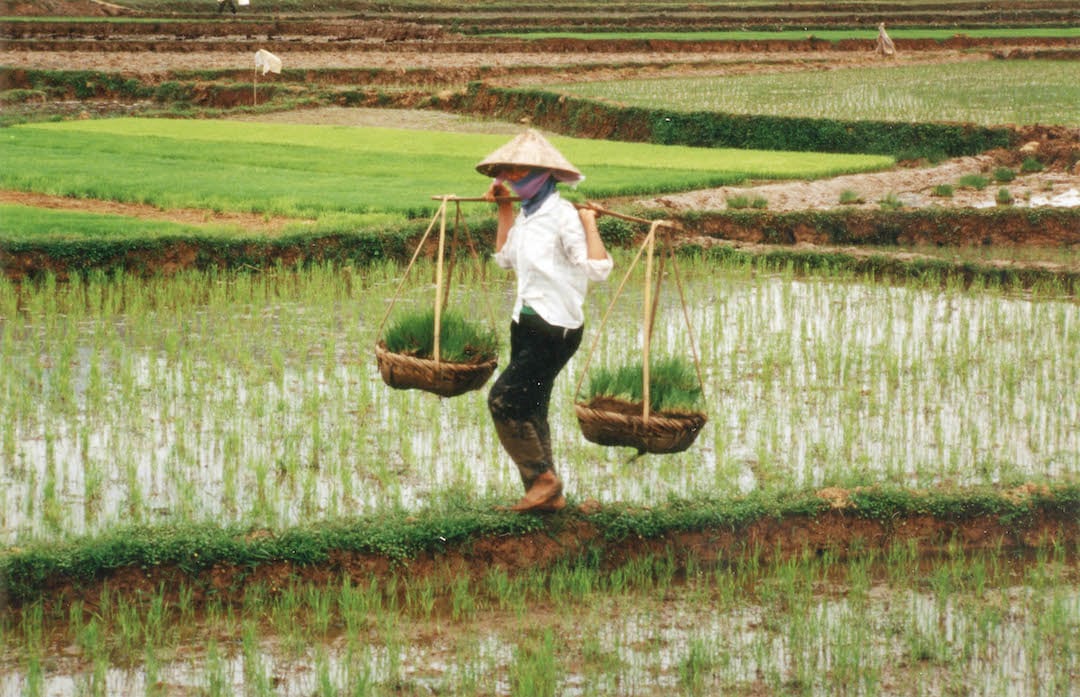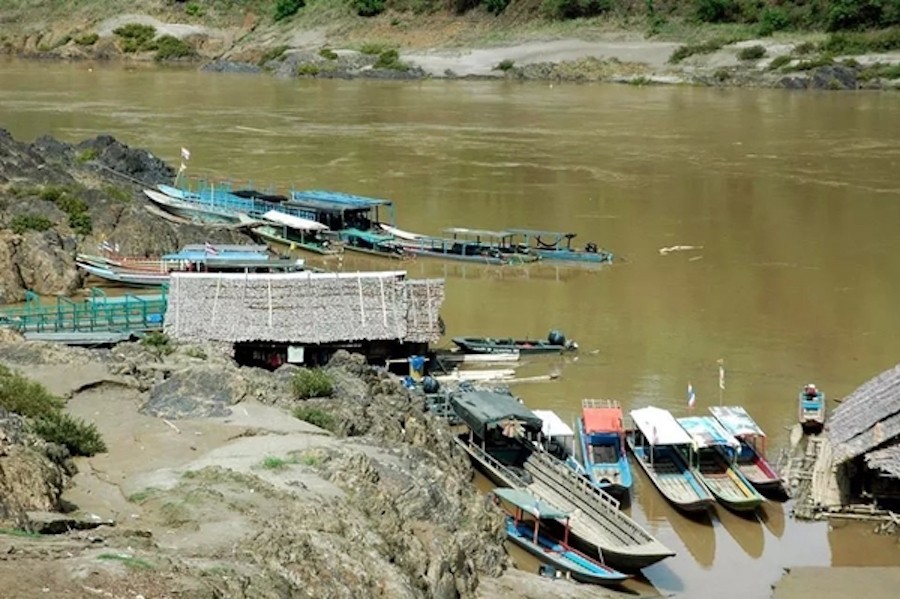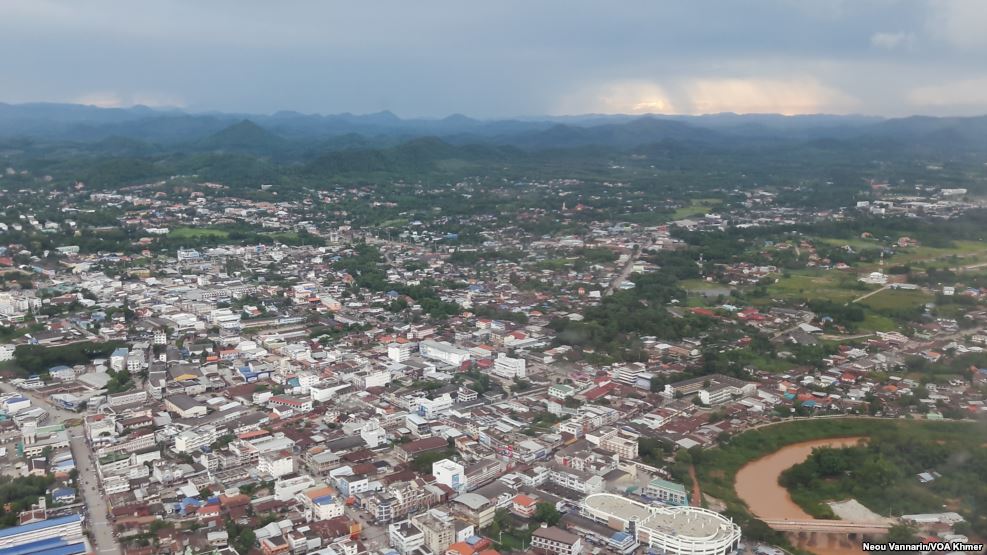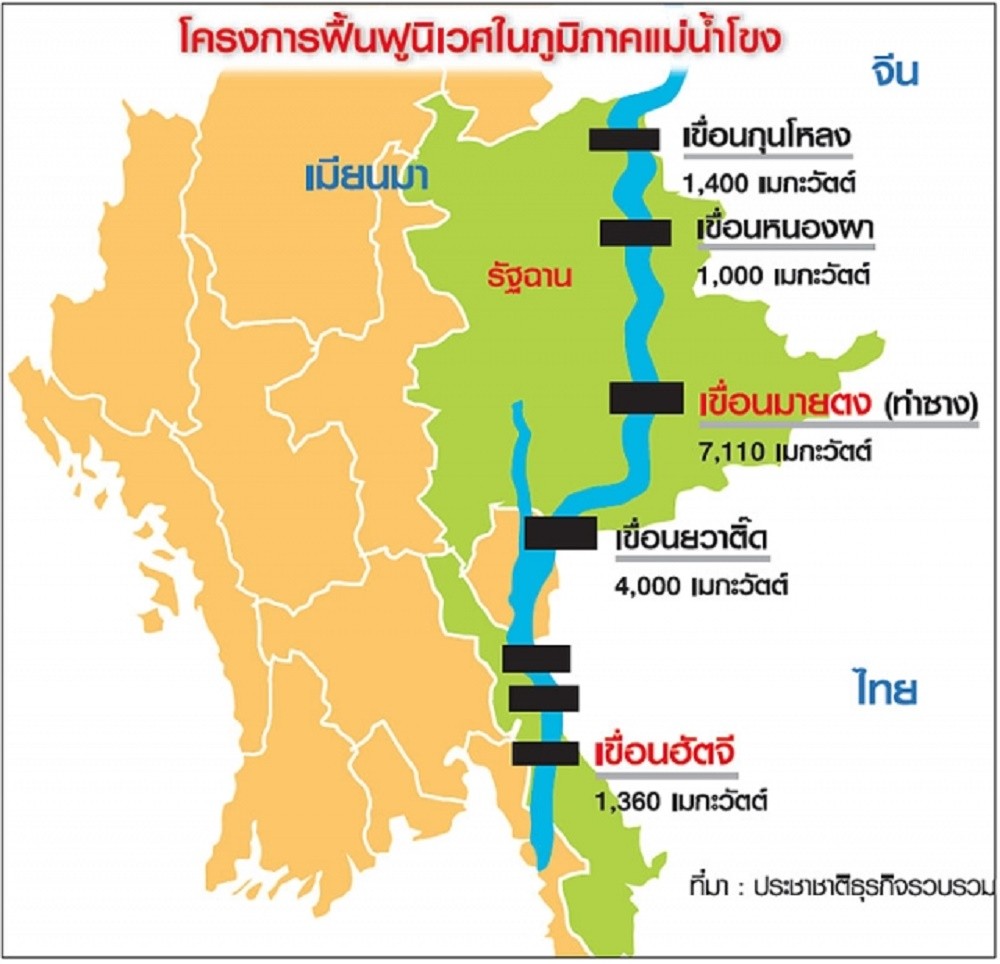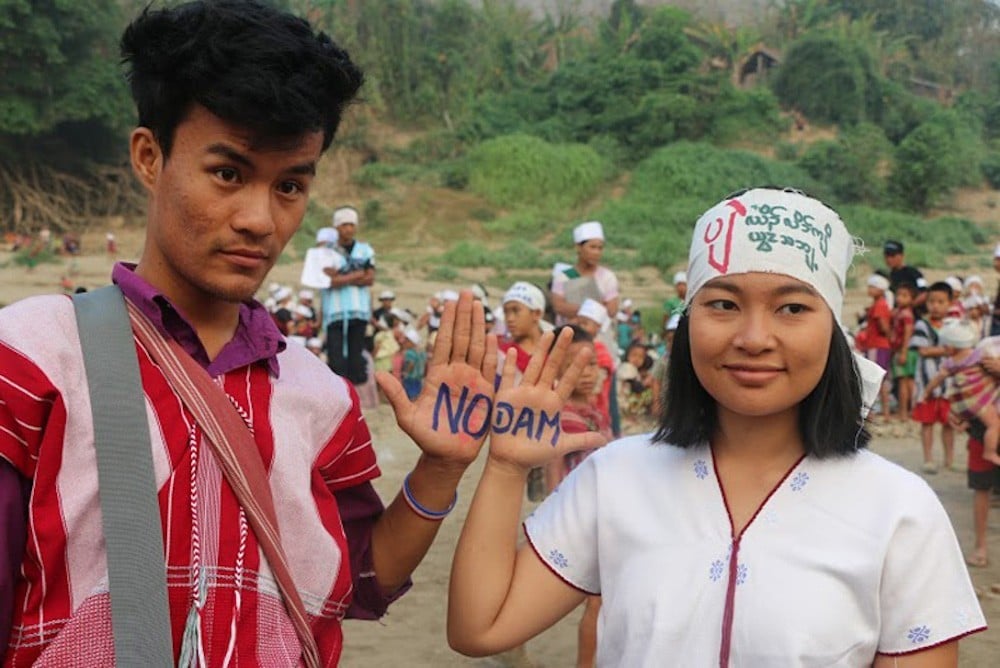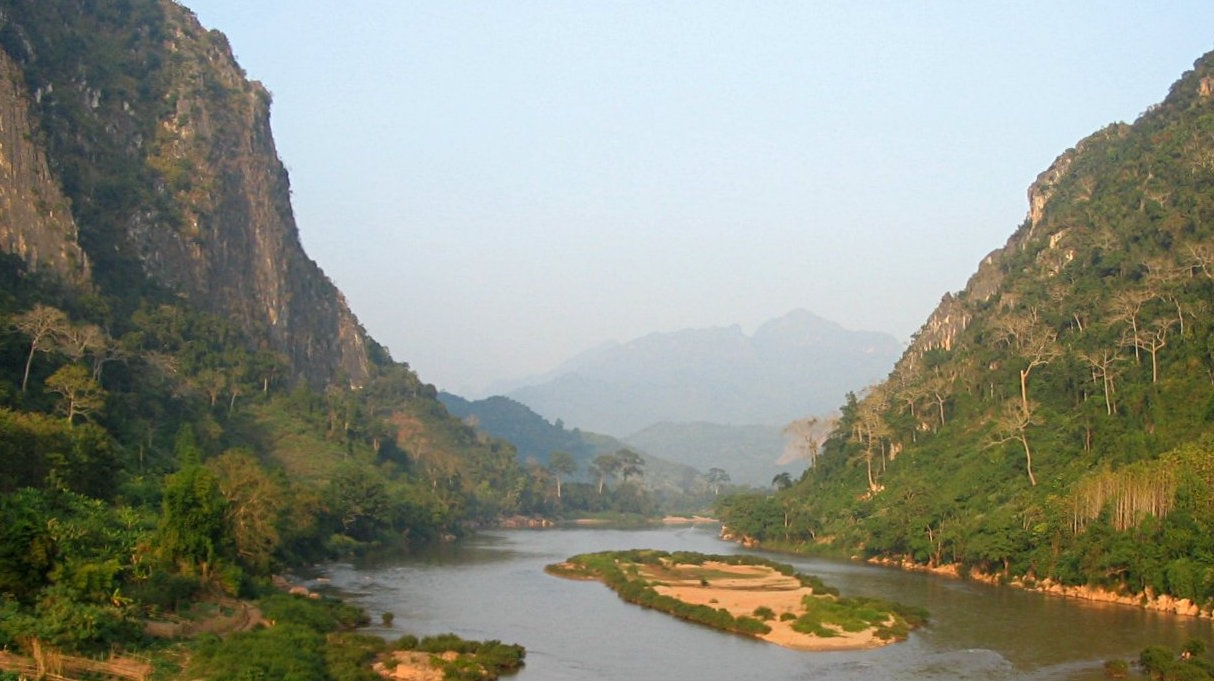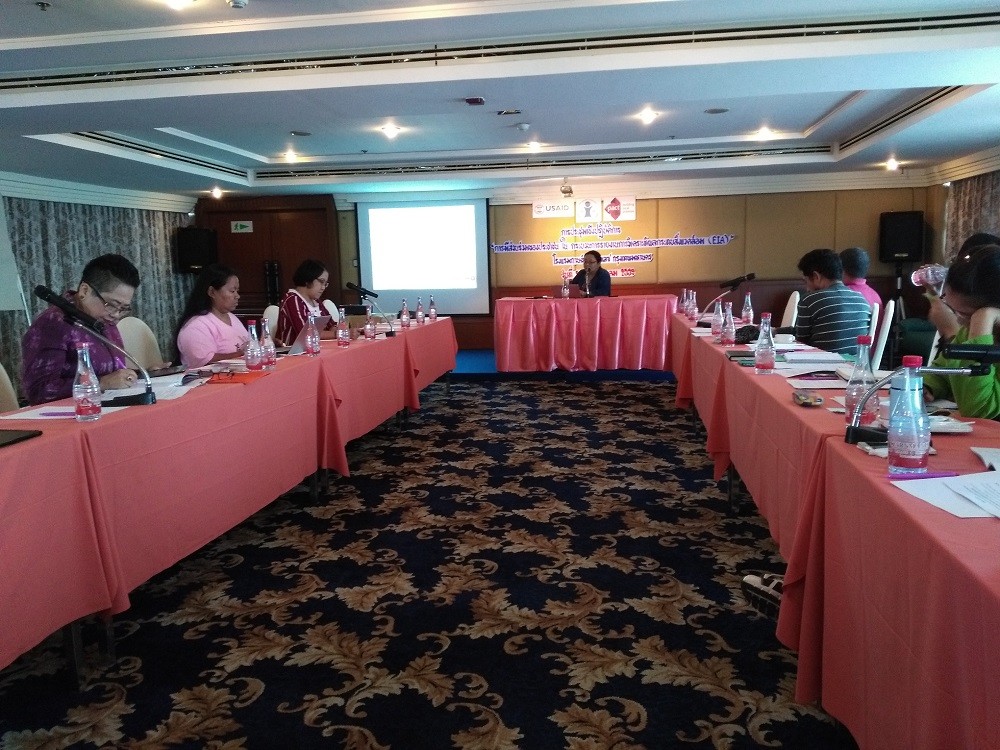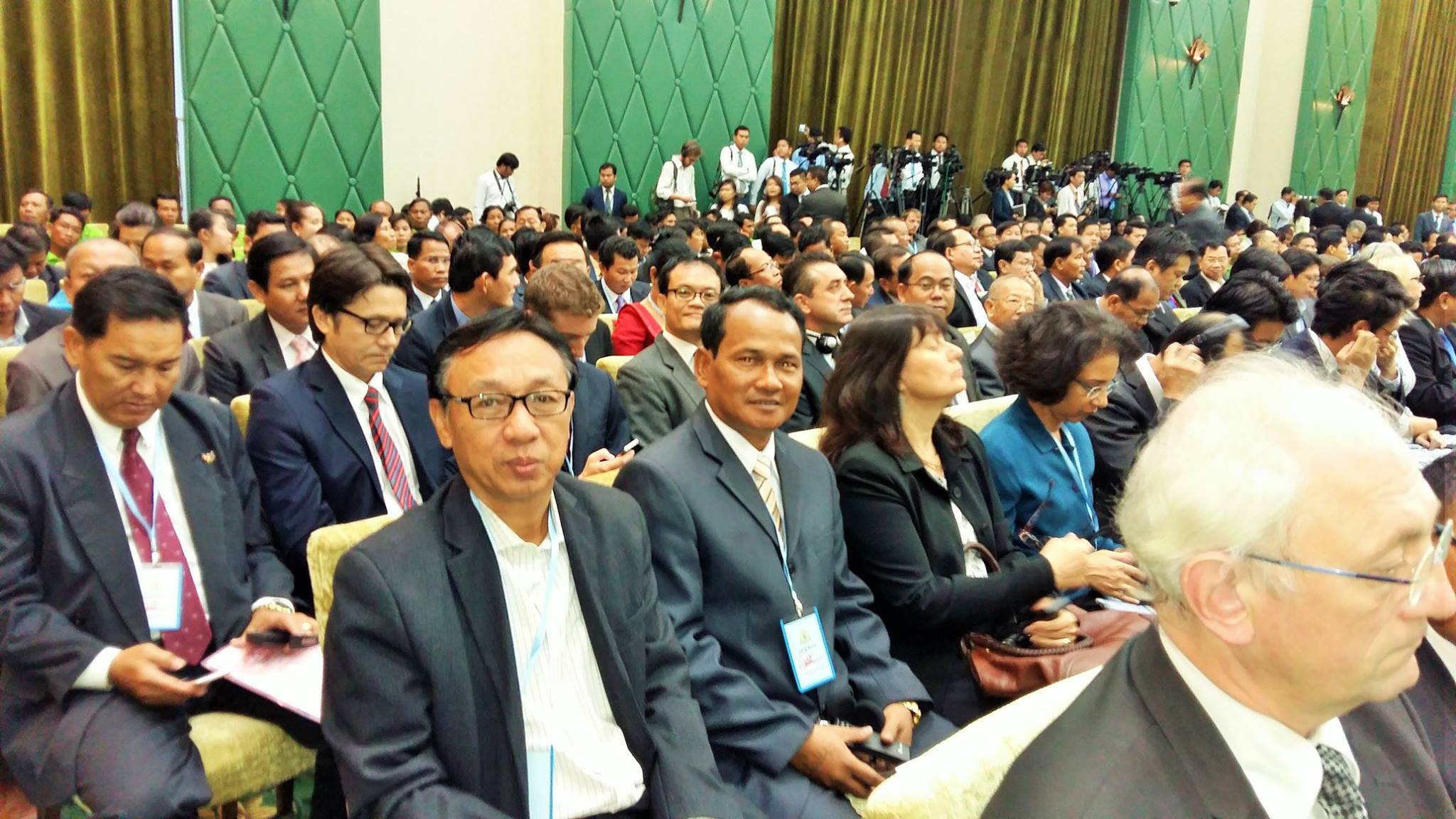On the Loei River, a tributary of the Mekong River, an “unreal” project of water diversion by Thailand is about to commence, which would cause severe conflicts on water usage on the Mekong. The project with the name of Kong-Loei- Chi-Mun is a “massive operation” on the whole of the Loei River and will result in villages and houses being wiped out to make way for water containment. Not only the livelihood of the people connected with Loei River will be threatened, but also serious impacts of such a project will spread down to the Mekong Delta.
Category: Thailand
Why silt is so important for the Mekong
Just as forests are more than only trees, rivers are more than water. The Mekong river carries massive loads of sediment and nutrients from upstream to downstream and across national borders, replenishing and enriching the land as it goes. This process is key to sustaining the ecological integrity of the river and surrounding landscapes, which in turn supports the economy.
However, a boom in sand mining and hydropower development on the Mekong is transforming the river’s sediment flows, with profound consequences for the region if left unchecked. For a prosperous, sustainable future for the region, all Mekong countries must come together now and adopt international standards for managing transboundary river resources.
Salween River Dams Should Not Replace Myitsone Dam
Preparations should be made to prevent dam building on the Salween River, the home of many ethnic people, replacing the Irawaddy River’s Chinese backed Myitsone Dam project if it is cancelled.
The comments were made by the Mon State Hluttaw (parliament) Deputy Speaker Dr Aung Nai Oo at the press launch of a Mon Youth Progressive Organisation (MYPO) report entitled ‘In the Balance’, held at the Ramanya Hotel in Mawlamyine, Mon State on 9 September.
As Mekong Changes Course, Development Trumps Conservation
Huge hydropower dams and irrigation systems to power modern farming in the Mekong region have changed humans interact with the river.
Thailand plans to dust off Hatgyi Dam; EGATi awaits Myanmar Govt to negotiate with ethnic group
Thailand plans to dust off Hatgyi Dam in Myanmar and divert “surplus” water to Bhumipol Dam to alleviate drought. EGATi is eager to invest more than 100 billion baht in Hatgyi project. As for Mong Ton Dam project, EGATi plans to invest over 300 billion baht but it still waits for Myanmar government’s approval after the redesign to lower impacts on surrounding communities.
Ethnic Activists Voice Alarm Over Salween Dams
Ethnic Shan, Mon and Karenni environmental activists have voiced strong concern over alleged government plans to push ahead with hydropower dams on the Salween River, which they believe would destroy the livelihoods of ethnic communities.
At a press conference in Rangoon on Wednesday, Shan environmentalist Sai Khur Hseng of the Sapawa organization claimed that U Htein Lin, permanent secretary of the Ministry of Electricity and Energy, said during a closed-door meeting in Naypyidaw in August that to fulfill Burma’s energy needs, planned dams should proceed on the Salween [also known a the Thanlwin] River.
Dam the Mekong, Thailand Buys More Hydroelectricity from Laos
A power purchasing agreement was signed on Tuesday, during Thai Prime Minister General Prayuth chan-Ocha’s visit to the Prime Minister of Laos Thongloun Sisoulith, while attending the 28th and 29th Asean Summits and related meetings from September 6-8 in Vientiane.
Thailand has increased its purchase of electricity from 7,000 to 9,000 megawatts from Laos this year to ensure sufficient supply and meet rising demand.
Officials committed to Dawei
Thai officials and their Myanmar counterparts remain committed to the long-awaited Dawei megaproject, with the Myanmar-Thailand Joint High-Level Committee (JHC) and the Joint Coordinating Committee (JCC) to be set up soon to foster development.
Porametee Vimolsiri, secretary-general to the National Economic and Social Development Board (NESDB), said the recent joint ministerial meeting held on Aug 15-16 in Myanmar agreed to revitalise the role of the JHC and the JCC to rev up the multibillion-dollar project.
New sets of the two committees, which stalled before Myanmar held a general election on Nov 8 last year, are to be established soon.
Community EIA Meeting in Thailand: “Any effort to improve participation in EIA should be encouraged”
USAID-supported Mekong Partnership for the Environment (MPE) is strengthening Thai communities’ knowledge on Environmental Impact Assessment (EIA) processes for large-scale development projects that may have impacts on the environment and their communities.
Civil Society Leaders Meet with Cambodian PM, Receive Support for Ongoing Dialogues
Two key civil society organization (CSO) partners of USAID-supported Mekong Partnership for the Environment (MPE), recently met the Cambodian Prime Minister and were able to earn his support for more formal mechanisms for dialog between civil society and government.



